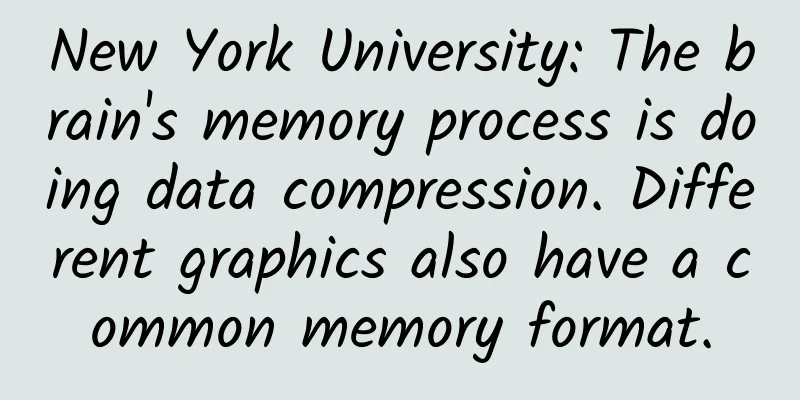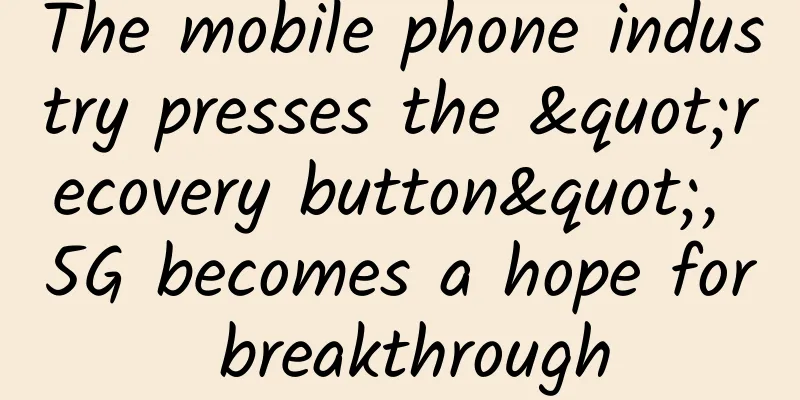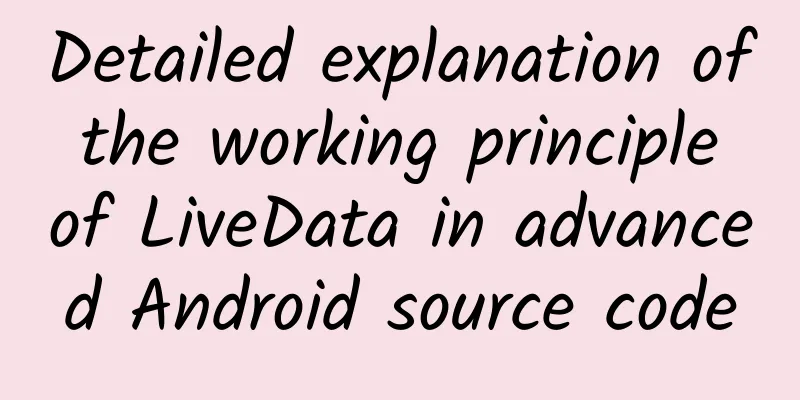New York University: The brain's memory process is doing data compression. Different graphics also have a common memory format.

|
How does the brain remember what it sees? Researchers have made a new discovery - the brain captures visual information related to the current task and condenses the images seen, while some irrelevant features are ignored. In other words, the memory process of the human brain is more like writing an outline on a blackboard, rather than taking a photo with a camera. In addition, different visual information may be stored in almost the same memory format, which is also the result of researchers' recent experimental analysis. This paper is from New York University and has been published in Neuron, a top neuroscience journal . Let’s take a look at what this research is like. Data collection and visualization of brain memory activity The brain's ability to store and recall needed information, known as working memory, is essential for many higher-level cognitive processes. Previous studies have established that the human brain can recode visual information, for example, by recoding the numbers we see and storing them in our minds as the sounds of reading the numbers aloud. Based on this conclusion, the research team conducted experiments to carry out new explorations. In the experiment, they set up two different visual stimulus images: directional gratings and moving dots. In each test, participants first saw an image, then had 12 seconds to recall what they had seen, and then used their memory to determine the direction in which the grating was tilted or the direction in which a group of dots moved. At the same time, the researchers used functional magnetic resonance imaging (fMRI) to visualize the participants' brain activity. Different visual information may be remembered in the same format The researchers found that regardless of the tilt angle of the grating or the direction of movement of the dots, they produced the same pattern of neural activity in the visual cortex and parietal cortex. The visual cortex is the part of the cerebral cortex that processes visual information, and the parietal cortex is the part of the brain that processes and stores memories. The specific data analysis results are as follows. The results showed that the brain's visual cortex was able to distinguish between two different image stimuli: tilted gratings and moving dots. At the same time, training the brain with one type of stimulus (such as the tilt angle of a grating) also allows it to successfully decode another type of stimulus (such as the direction in which the dots move). But it is worth noting that this “sharing” only occurred during the memory stage and was not observed during the period of direct viewing of the stimulus. This confirms the researchers' speculation: the image properties of grating tilt and dot set movement have both differences and similarities, but in the working memory process, the brain only extracts the features most relevant to the specific task and encodes the two different stimuli into the same "storage format." The human brain remembers things in a similar way to “writing an outline” The previous article demonstrated that working memory is an abstract representation of image attributes in the brain. So what other potential properties might there be for working memory representations? Does the brain store everything it sees? To investigate further, the researchers used a complex model that projects three-dimensional patterns of brain activity into a more informative two-dimensional representation of visual space. This reveals the format in which the brain recodes information for the two visual stimuli in this experiment. Figure A is a schematic diagram of spatial reconstruction analysis. The grating angle or point motion direction under each characteristic condition is projected into the visual field space. Figure B is the group reconstruction diagram. Based on Figure B, the filtering response and related fidelity values are calculated to obtain Figures C and D. Analyzing this data revealed that the participants didn’t actually memorize the grating or the complex cloud of moving dots at all; instead, they compressed the image into a single line representing the angle they were asked to remember. About the Author The paper's first author, Yuna Kwak, is currently pursuing a doctorate in psychology at New York University. Clayton E. Curtis is the corresponding author of the paper, also from the Department of Psychology at New York University. Researchers are only beginning to understand some of the functions of working memory, and many answers remain to be revealed. For example: How does a relatively simple memory transform into a more complex set of information in working memory? However, today’s technology allows people to access and capture working memory in unprecedented ways. This will help analyze the commonalities and differences in the formation of working memory for various visual information inputs from the world. Self-Qubit |
<<: USPTSF: Aspirin is not recommended for people over 60 to prevent heart attack or stroke
Recommend
Attention! The internet-famous fireworks "Gatling" are powerful and can be very dangerous if not used properly!
recently, Fireworks "Gatling" It became...
The shepherd's purse that you love to eat can actually be eaten with meat?
The spring breeze first brings the plum blossoms ...
Chen Yudian: Learn Management from Huawei - Gaining Insight into Management and Becoming an Excellent Leader
How to manage well and enhance the core competiti...
How to build a complete growth model?
Today we will talk about three aspects: what is a...
Getui officially releases "Smart Push", and push technology enters the 2.0 era
<p class="MsoNormal" align="left" style="text-a...
Trumpchi GE3 530 is launched with a NEDC comprehensive operating range of 410km, starting at RMB 129,800
On August 27, GAC New Energy's Trumpchi GE3 5...
Pass the four major NSCA certification courses
: : : : : : : : : : : : : : :...
One person washing dishes causes cancer for the whole family. What went wrong? Beware of the carcinogenic "invasion" of aflatoxin
It is not uncommon to hear news reports of excess...
Analysis of Zhihu marketing in men’s skin care products
"Male beauty economy" is an industry te...
This Is Us (All Five Seasons) (Updated to Season 5) HD English Subtitles
This Is Us is an American comedy written by Dan Fo...
The latest news on the Guangzhou epidemic in 2022: Is the city closed today? What is the risk level?
From 0:00 to 4:00 on April 10, 31 provinces (auton...
Say goodbye to back-to-school syndrome by doing this
Popular Science Times reporter Chen Jie At the be...
How to make product design more youthful? I summarized these 5 points
The target users of our products are relatively y...
Internet finance operation | 4 stages to help you quickly increase your repurchase rate!
The repurchase rate refers to the number of times...
Holding urine until you urinate blood, you don’t know enough about the harm of holding urine...
People lined up at 3 a.m. to buy internet celebri...









